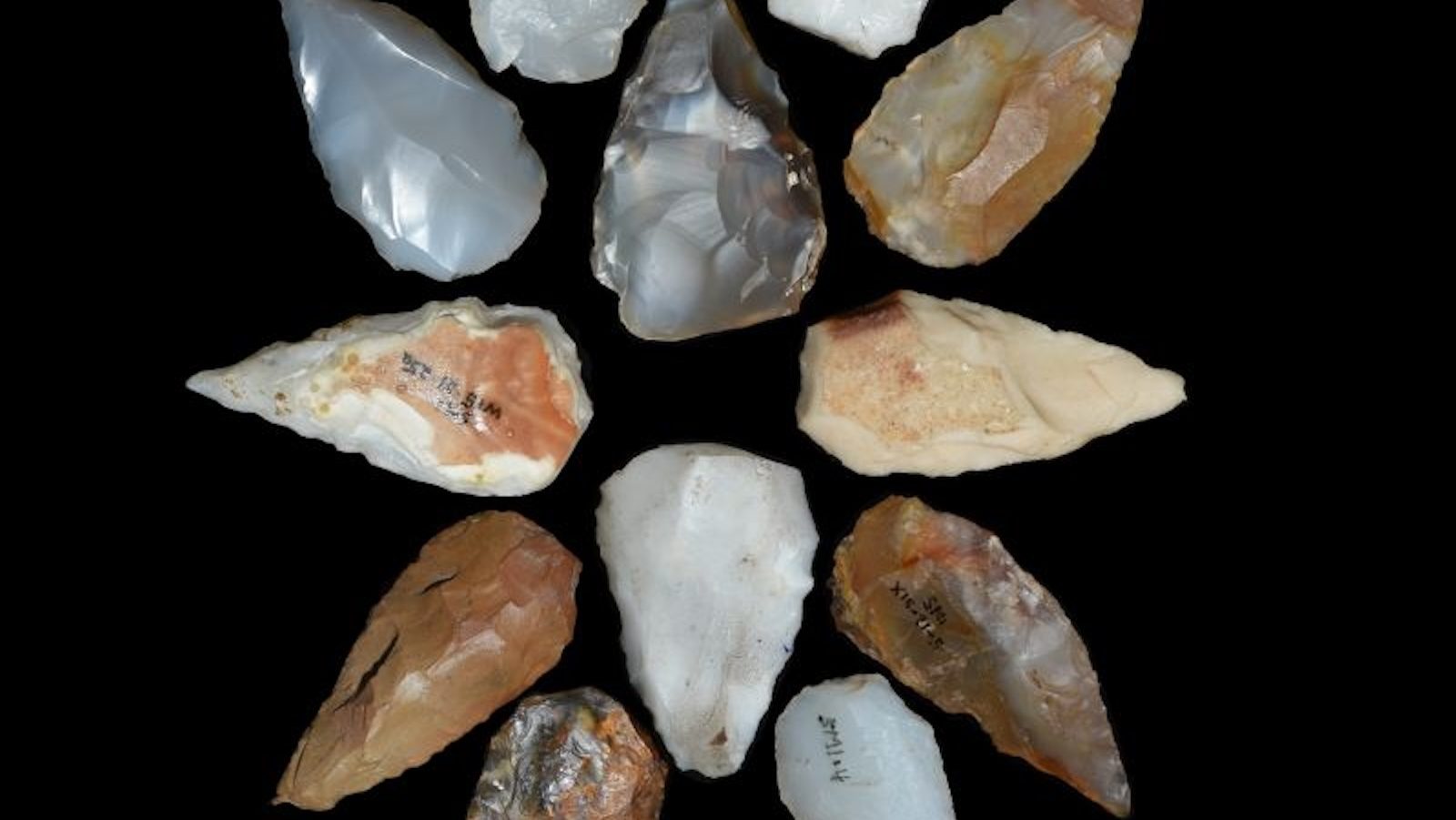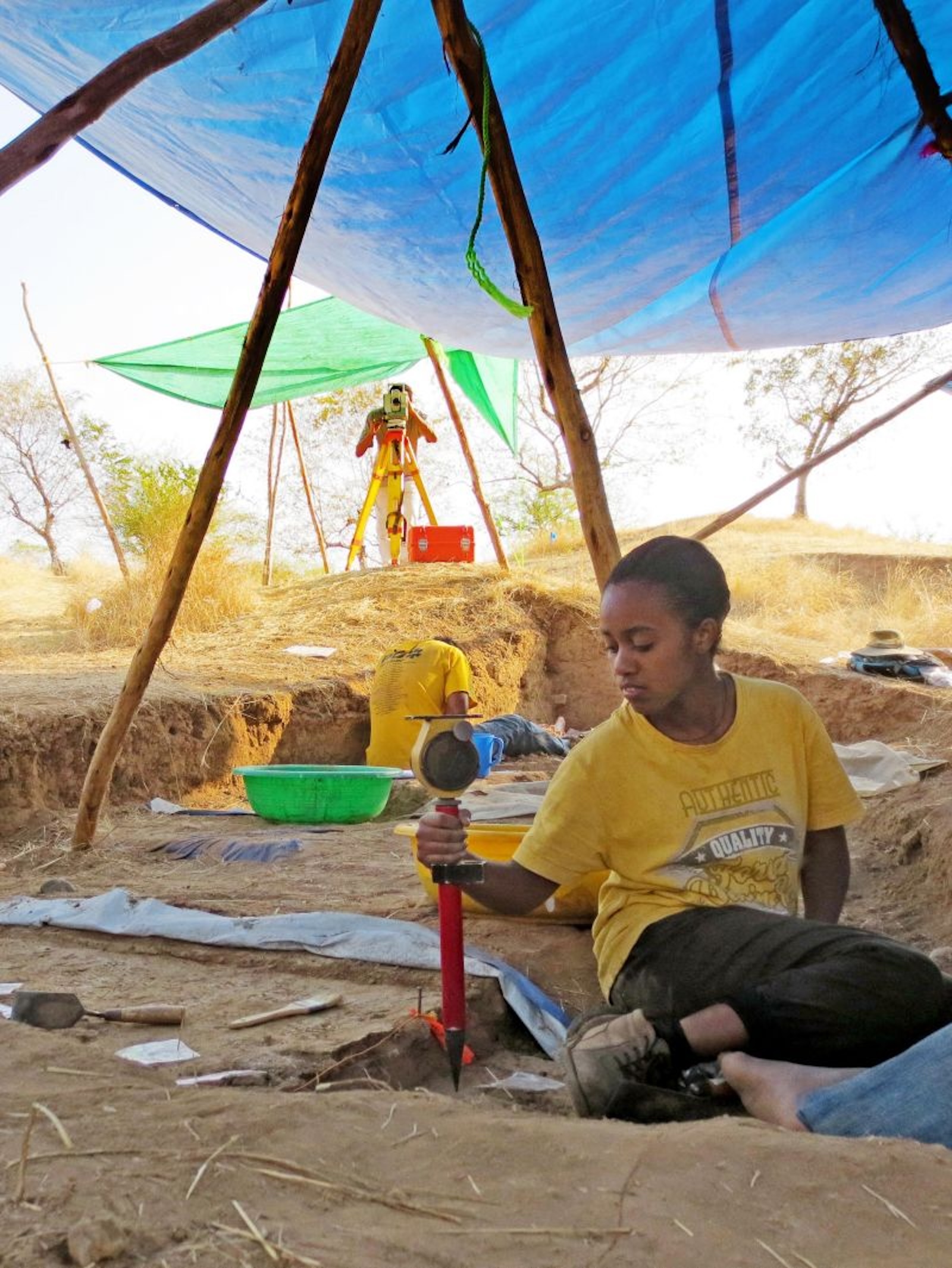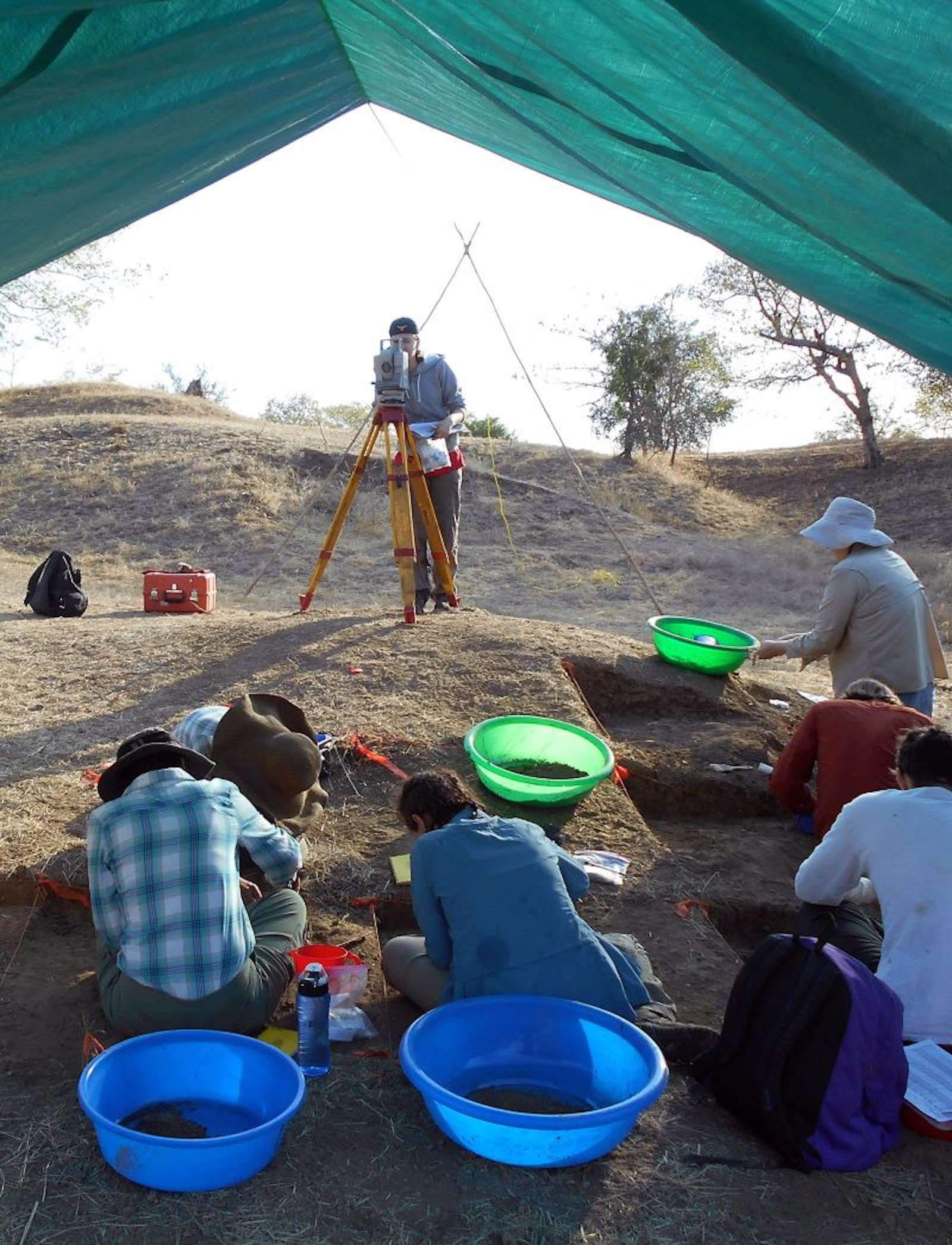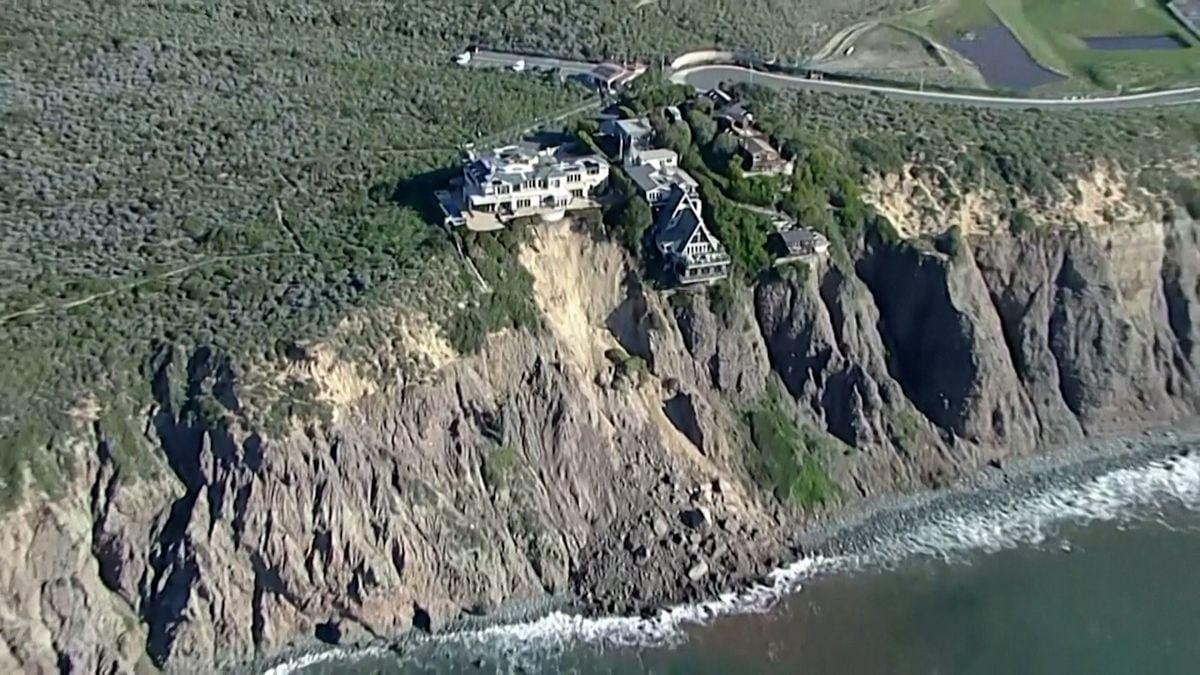One of the largest explosions in Earth’s history could wipe out humans. That’s how scientists say some survived

(CNN) — About 74,000 years ago Mount Toba in Sumatra experienced a super eruption, one of the largest in Earth’s history, potentially causing large-scale disruptions in global climate.
Some scientists doubt that the volcanic winter resulting from the eruption was a change big enough to wipe out most early humans because genetic evidence suggests a sharp decline in the human population. But now, an advanced study of an archaeological site in northwestern Ethiopia once occupied by early modern humans adds to a growing body of evidence that suggests the event was not so apocalyptic.
Instead, the new research found that humans at the site, known as Shinfa-Metema 1, adapted to the arid conditions created by the volcanic eruption in a way that facilitated humanity’s crucial migration from Africa to the rest of the world.
Microscopic fragments of volcanic glass found alongside stone tools and animal remains in the same sedimentary layer at the Shinfa-Metema 1 site near the Shinfa River in Ethiopia show that humans occupied the site before and after the volcano erupted more than 6,400 kilometers away.
“These fragments are less than the diameter of a human hair. Even though they are so small, they are large enough to detect chemistry and elements,” said John Kappelman, professor of anthropology and geology at the University of Texas. Austin and lead author of the study, which was published this Wednesday in the journal Nature.
By piecing together clues from fossils and artifacts found at the site, along with geological and molecular analyses, the team began to understand how the humans who lived there continued to thrive despite climate change that could have triggered the volcanic cataclysm.

Excavations at the Shinfa-Metema 1 site have revealed that a human population survived the eruption of the Mount Toba supervolcano 74,000 years ago. (Credit: John Kapleman and Marsha Miller)
catches fish
To understand the climate at the time of the eruption, Kapelman and his colleagues analyzed isotopes of oxygen and carbon, variations of the same element, from ostrich eggshells and fossilized mammal teeth. That work shed light on water intake and revealed that animals eat plants that are more likely to grow in dry conditions.
“Isotopes are incorporated into hard tissues. So for mammals, we look at their teeth, their tooth enamel, but we also see them in ostrich eggshells,” he said.
Analysis of the flora and fauna of the site revealed an abundance of fish remains after the eruption. The find may not be surprising given the site’s proximity to a river, but fish are rare at other Stone Age sites from the same period, the study noted.
“When Toba arrived people started to increase the percentage of fish in their diet. They hunted and processed about four times more fish (compared to before the eruption),” he said.
“We think the reason for this is that if Toba actually produces more dryness, that means it will have a shorter rainy season, which means a longer dry season.”
The team theorized that the drier climate, conversely, explained the fish’s greater reliance: As the river shrank, the fish became trapped in shallow pools of water or rivers that could be more easily targeted by predators.
Blue Runner Vs. Green
Fish-rich waterholes may have formed what the team described as “blue corridors,” along which early humans moved north out of Africa after the fish were depleted. This theory contradicts most other models which suggest that the main migration of humanity out of Africa occurred along the “Green Corridor” during the wet period.
“This study demonstrates the great plasticity of Homo sapiens populations and their ability to easily adapt to any type of environment, even during catastrophic events such as the super-eruption of the Toba volcano,” said Ludovic Slimak, a researcher at the center. French National Scientific Research and the University of Toulouse, in an email. Slimak was not involved in the investigation.
The study’s authors were also able to explore the geology of the ancient river bed, which suggests that it flowed slower and lower then than it does today.
“We can do that just by looking at the pebbles,” Kapelman said. “A very energetic river can move larger rocks and pebbles than a less energetic river. What we find for an ancient river is smaller pebbles than a river today.”

The excavation team was able to create a detailed picture of what happened at the site in Ethiopia about 74,000 years ago. (Credit: Lawrence C. Todd)
The oldest known arrowheads?
The researchers also found the remains of several small triangular points, which are among the earliest examples of the use of archery and indicate that the site’s inhabitants may have used bows and arrows to hunt fish and other large game.
Slimak, who studied similar points discovered in France dating back 50,000 years, agreed with the new study’s assessment of the artifacts.
“The authors also highlight very clear signs that indicate the existence of archery here 74,000 years ago,” Slimak said. “Therefore, there is every reason to consider these ancient Homo sapiens as carriers of already very advanced technologies, largely free from natural and climatic constraints, crucial factors for understanding their subsequent migrations, across all continents and across all latitudes.”
The ancient species of humans may have left Africa many times, but archaeologists and geneticists mostly agree that the most significant dispersal of Homo sapiens, our own species, which eventually led to modern humans living in all corners of the globe, occurred about 70,000 to 50,000 years ago. before
The new research offers another possible view for how the dispersal occurred without disproving previous theories, said Chris Stringer, professor of human evolution at London’s Natural History Museum and leading researcher, who called the study an “illustrative paper.”
“I’m sure each of these proposals will stimulate debate among relevant experts, but I believe the authors have presented a plausible (though not definitive) case for each scenario they propose,” Stringer said via email.
“Of course, this new work does not mean that wet corridors were not still important routes for dispersal out of Africa, but this work adds additional credible possibilities during more arid phases.”




